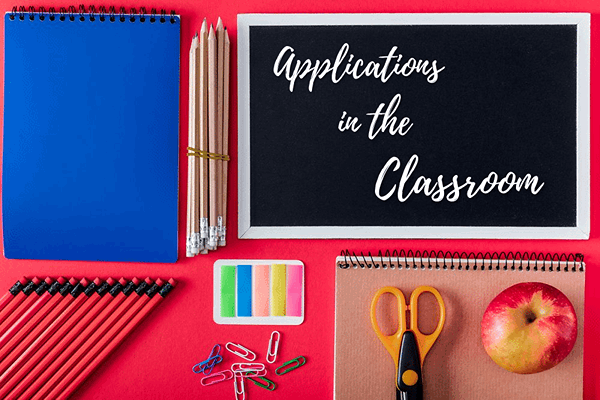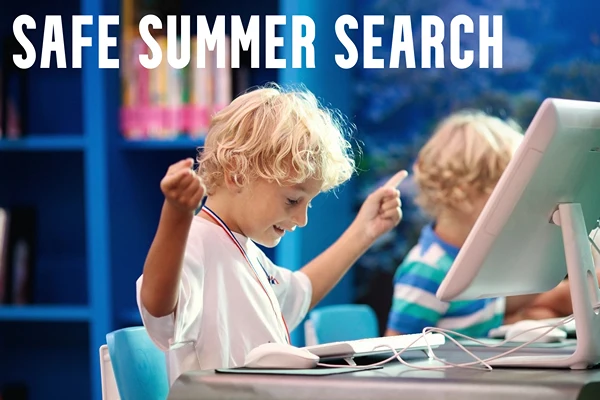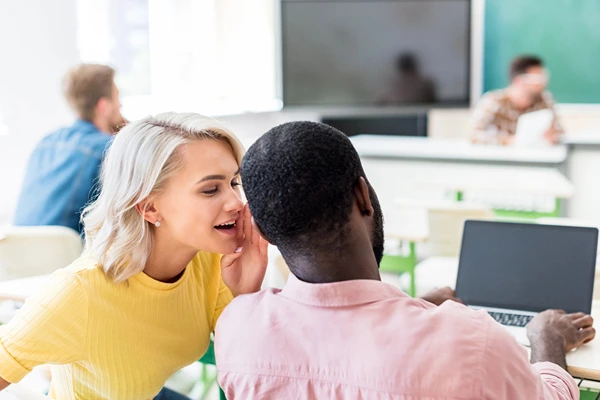How Nashville’s K-8 Schools Prepare Students for Success
Nashville, a city renowned for its vibrant music scene and rich cultural heritage, is also emerging as a hub for exceptional K-8 education. With a diverse range of public, private, and charter schools, Nashville offers a wealth of opportunities for young learners to thrive academically, socially, and emotionally.
A Commitment to Excellence
Nashville’s K-8 schools are dedicated to providing a strong foundation for students’ future success. They prioritize academic rigor, innovative teaching methods, and a supportive learning environment. By focusing on core subjects like language arts, mathematics, science, and social studies, these schools equip students with the essential skills and knowledge they need to excel in higher education and beyond.
Beyond Academics
In addition to academic excellence, Nashville’s K-8 schools emphasize the importance of well-rounded education. They offer a variety of extracurricular activities, such as arts, music, sports, and clubs, to foster students’ interests and talents. These programs not only enhance students’ creativity and problem-solving skills but also promote teamwork, leadership, and a sense of community.
A Focus on Social-Emotional Learning
Nashville’s K-8 schools recognize the significance of social-emotional learning (SEL) in a child’s development. SEL programs help students develop essential skills like self-awareness, self-management, social awareness, relationship skills, and responsible decision-making. By cultivating these skills, schools empower students to build strong relationships, manage their emotions effectively, and navigate challenges with resilience.
Innovative Teaching Approaches
Nashville’s K-8 schools embrace innovative teaching approaches to engage students and enhance their learning experiences. These approaches may include project-based learning, inquiry-based learning, and technology integration. By providing students with opportunities to explore real-world problems and collaborate with their peers, these schools foster critical thinking, creativity, and problem-solving skills.
A Supportive Learning Environment
A supportive learning environment is crucial for student success. Nashville’s K-8 schools strive to create inclusive and welcoming spaces where every student feels valued and respected. Teachers and staff work closely with students and families to address individual needs and provide the necessary support to help students reach their full potential.
Visit this Nashville Catholic School that cultivates inclusivity and fosters diversity that supports a human’s well-being. Nashville’s K-8 schools are committed to preparing students for success in the 21st century. By prioritizing academic excellence, well-rounded education, social-emotional learning, innovative teaching approaches, and a supportive learning environment, these schools are laying the foundation for a bright future for Nashville’s young learners.
How to Choose the Best K-8 School?
When choosing a K-8 school in Nashville, parents and guardians should consider multiple factors to ensure a well-rounded education for their child’s success:
- School philosophy and mission: What are the school’s core values and educational beliefs?
- Curriculum and instruction: How does the school approach teaching and learning?
- Class size and teacher qualifications: What is the average class size, and what are the teachers’ qualifications and experience?
- Extracurricular activities: What extracurricular programs are offered, and how do they align with the school’s mission?
- School culture and climate: How does the school foster a positive and inclusive learning environment?
- Parent involvement: How does the school encourage parent participation and collaboration?
- School performance: How does the school perform on standardized tests and other measures of academic achievement?
- School safety: What safety measures are in place to protect students and staff?
- Cost: What are the tuition and fees, and what financial aid options are available?
By carefully considering these factors, parents and guardians can select the best K-8 school to meet their child’s unique needs and aspirations.
Conclusion
Nashville’s K-8 schools are a testament to the city’s commitment to providing high-quality education for all students. By fostering academic excellence, well-rounded development, and a supportive learning environment, these schools are preparing students to become responsible, compassionate, and successful citizens.

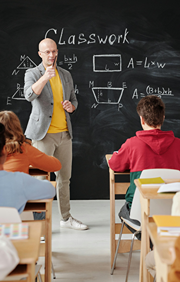

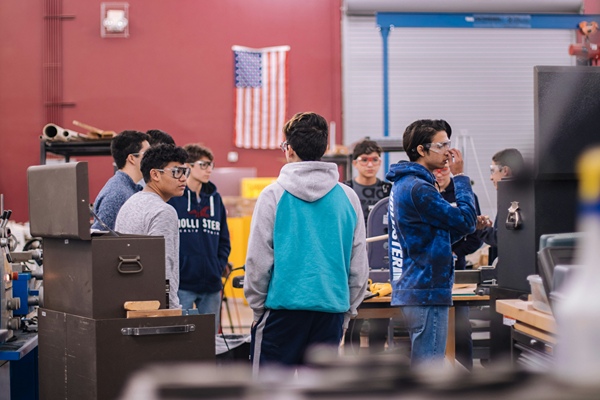
 Katie Brenneman is a passionate writer specializing in education, mental health, family lifestyle and online safety. When she isn’t writing, you can find her with her nose buried in a book or hiking with her dog, Charlie. You can follow her on
Katie Brenneman is a passionate writer specializing in education, mental health, family lifestyle and online safety. When she isn’t writing, you can find her with her nose buried in a book or hiking with her dog, Charlie. You can follow her on 
